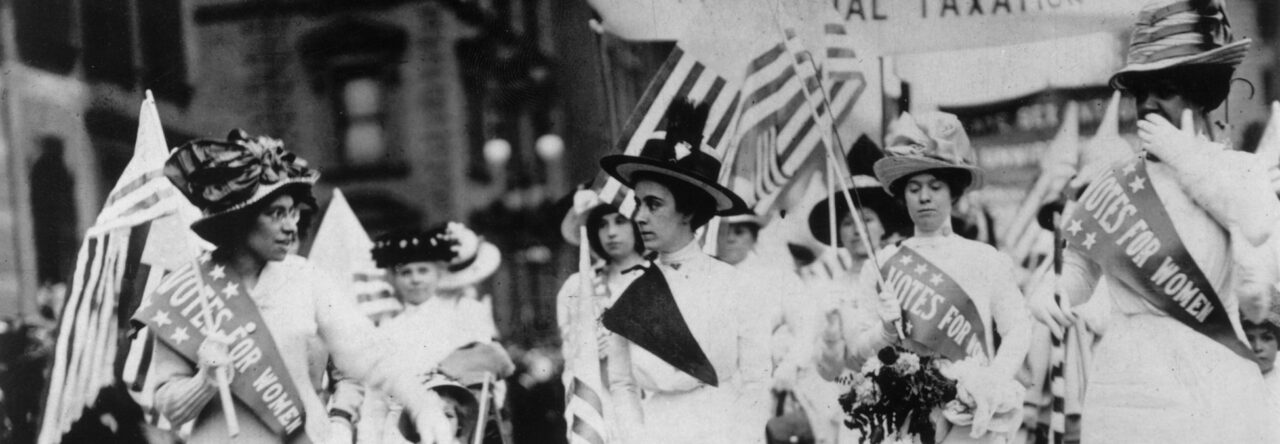 The election of 1912 was the classic battle of Republicans versus Democrats but with an added twist known as Progressives, led by disgruntled former President Theodore Roosevelt. Incumbent President William Taft and Gov. Woodrow Wilson represented the Republicans and Democrats, respectively. Progressive reform revolved around this period in time from laborto environmental issues and proved to be the major question presented to these three candidates.
The election of 1912 was the classic battle of Republicans versus Democrats but with an added twist known as Progressives, led by disgruntled former President Theodore Roosevelt. Incumbent President William Taft and Gov. Woodrow Wilson represented the Republicans and Democrats, respectively. Progressive reform revolved around this period in time from laborto environmental issues and proved to be the major question presented to these three candidates.
Theodore Roosevelt broke away from the Republican party after failing to receive the nomination for the Republican ticket to William Taft, his previously chosen successor. This party became known as the Progressive Party or “Bull Moose Party”. They were composed up of more radical Republicans who supported government restrictions on big businesses, backed labor unions as another matter to regulate the growing American industries. Roosevelt’s reformist attitude has connections to the working man within New York City where he was born and raised as well as to the frontiers men of “Missouri and North Dakota” who hunt.
The Republican Party was headed by William Taft, who originally was endorsed by Roosevelt after his previous terms in the presidency. Taft gradually began to shift to a more conservative approach than Roosevelt had expected leading to the forming of a rift eventually splitting the party into two seperate factions; Conservatives and Radicals. Taft held many contradicting views in respect to Roosevelt, he favored individual business leaders holding the power in large businesses.
As the other two parties battled one another the Democrats stood in the background with their candidate Woodrow Wilson. With his greatest opposition factioned and fighting amonst themselves it left for a much simpler election process for Wilson that one had seen in years past. At the news of his victory Wilson had successfully reunified the Democratic party after decades of hardship and anguish following the Civil War.
While the major concept of reform in the 1912 election was crafted and pushed into the spotlight by Roosevelt and his fellow Progressives it ended up being Woodrow Wilson and the Democrats who took on this challenge. Democrats became strong supporters of pro labor reform while Republicans stood by large individually owned businesses. This transformation of political parties has continued to be upheld throughout the decades that followed.


Leave a Reply
You must be logged in to post a comment.